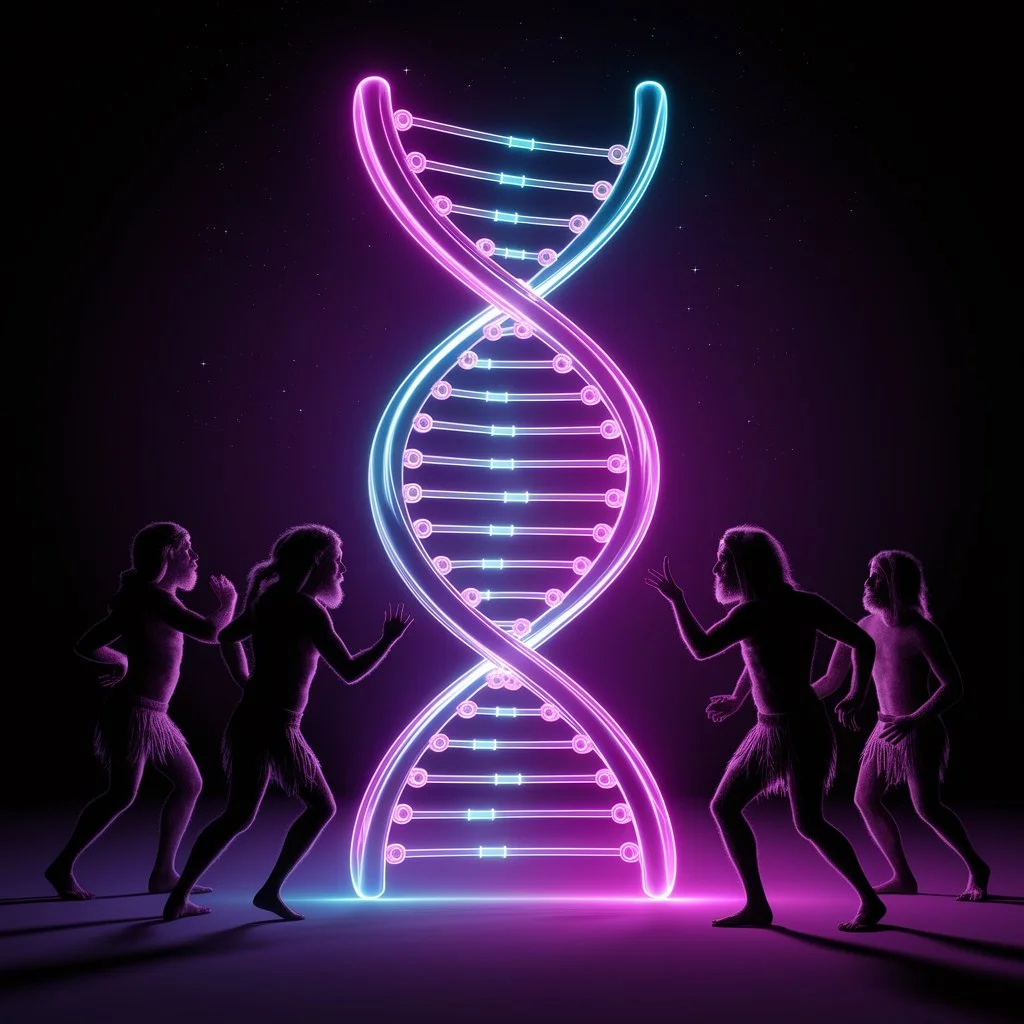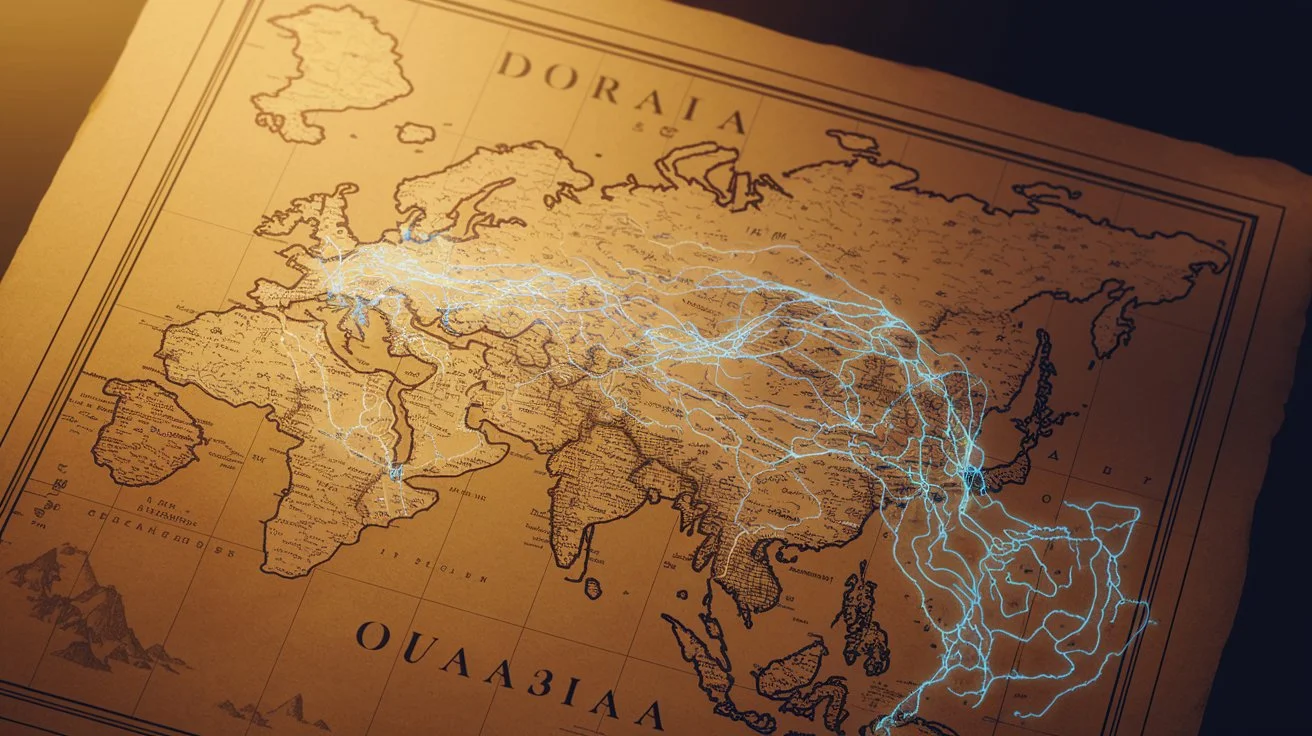Have you ever wondered if humanity’s story has missing pages? A groundbreaking genetic study has uncovered evidence of a previously unknown group of ancient humans who once walked the Earth—and their legacy lives on in our DNA today.
Scientists analyzing DNA from fossilized bones and modern human populations have uncovered a startling revelation: fragments of genetic code that don’t match any known human ancestors. Recent genetic research further suggests that modern humans originated from at least two distinct ancestral populations that diverged approximately 1.5 million years ago and later merged around 300,000 years ago, challenging the longstanding belief that Homo sapiens evolved from a single lineage in Africa between 200,000 and 300,000 years ago.
The study, conducted by researchers at the University of Cambridge, utilized advanced genome sequence analysis to reveal that these two ancient populations contributed differently to the genetic makeup of modern humans: one group provided about 80%, while the other contributed roughly 20%.
Notably, this genetic mixing event predates the known interbreeding between Homo sapiens and other hominins like Neanderthals and Denisovans, which occurred around 50,000 years ago. The earlier mixing event had a more substantial impact, introducing genetic material found in all modern humans, unlike the approximately 2% Neanderthal DNA present in non-African populations.

The researchers employed a computational algorithm called “cobraa” to model the divergence and convergence of these ancient populations. Their analysis also identified a significant population bottleneck in one group shortly after the split, suggesting a reduction to a small size before gradual growth over a million years. This group later contributed the majority of genetic material to modern humans and appears to be the ancestral population from which Neanderthals and Denisovans diverged.
Interestingly, genes from the minority-contributing population, particularly those related to brain function and neural processing, may have played a crucial role in human evolution. These genes were often located away from regions linked to specific gene functions, hinting at a process known as purifying selection, where natural selection removes harmful mutations over time.
This research not only reshapes our understanding of human ancestry but also suggests that interbreeding and genetic exchange have been significant factors in the emergence of new species across the animal kingdom. The findings highlight the complexity of evolutionary history and the role of genetic diversity in species development.
Future research aims to refine these models to account for more gradual genetic exchanges between populations and to explore how these findings relate to other anthropological discoveries, such as fossil evidence indicating greater diversity among early humans than previously thought. The ability to reconstruct ancient events through modern DNA analysis offers profound insights into our rich and intricate evolutionary past.
